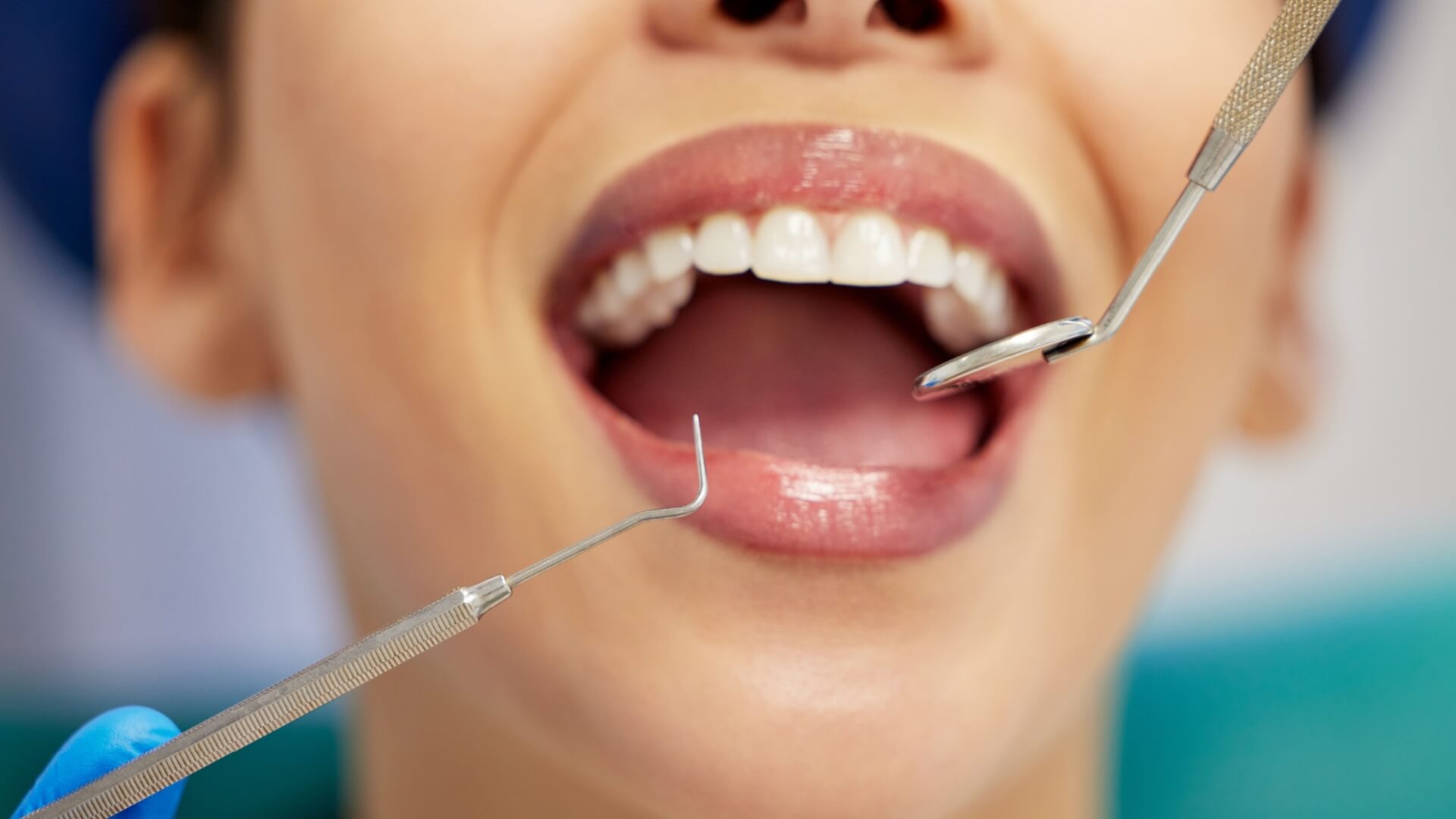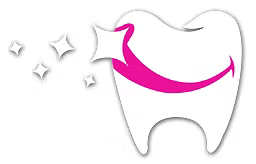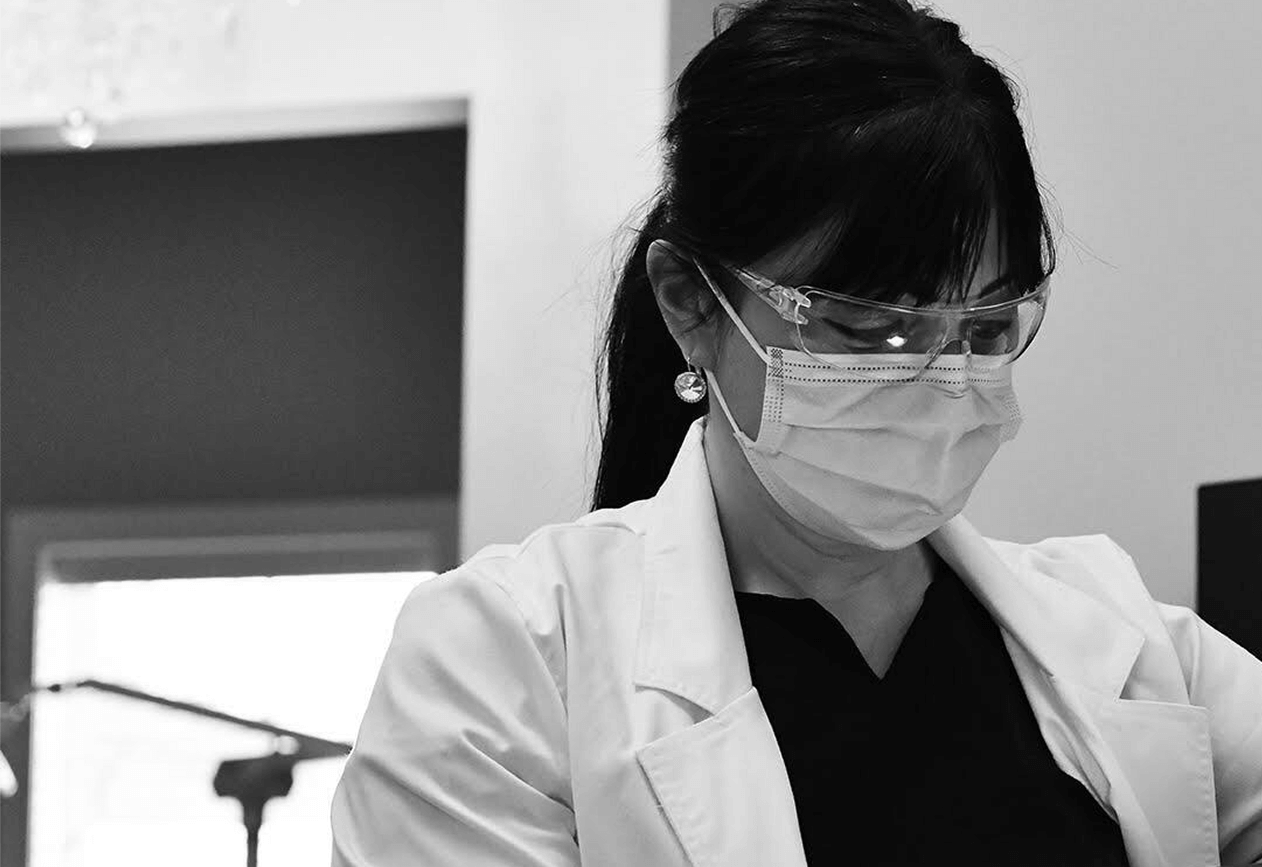8 Oral Hygiene Practices That Prevent Gingivitis
Essential Oral Hygiene Practices That Prevent Gingivitis
Red, swollen gums that bleed when you brush your teeth might seem like a minor inconvenience, but they’re actually warning signs of gingivitis — the earliest stage of gum disease. The good news? Gingivitis is entirely preventable with the right oral hygiene practices, and it’s reversible when caught early.
Gingivitis occurs when plaque, a sticky film of bacteria, builds up along the gumline and causes inflammation. Without proper care, this condition can progress to periodontitis, a more serious form of gum disease that can lead to tooth loss and has been linked to other health complications, including heart disease and diabetes.
Experience Dentistry always suggests that prevention is better than treatment. By establishing effective oral hygiene practices and maintaining them consistently, you can keep your gums healthy and avoid the discomfort and potential complications that come with gum disease.
Understanding Oral Hygiene
Oral hygiene encompasses all the practices and habits that keep your mouth clean and healthy. This includes removing plaque and bacteria from your teeth, gums, and tongue while maintaining the proper balance of beneficial bacteria in your mouth.
Effective oral hygiene goes beyond just brushing your teeth. It involves a comprehensive approach that includes proper brushing and flossing techniques, making smart dietary choices, staying hydrated, and working with dental professionals to maintain optimal oral health.
The Foundation for Prevention: Brushing and Flossing
The cornerstone of any oral hygiene routine lies in proper brushing and flossing. These two practices work together to remove plaque and food particles that can lead to gingivitis.
1. Brushing: Technique and Frequency
Brush your teeth at least twice a day using fluoride toothpaste, ensuring you clean all surfaces of your teeth. The technique matters just as much as the frequency. Use a soft-bristled toothbrush and gentle, circular motions rather than aggressive back-and-forth scrubbing, which can damage your gums and tooth enamel.
Hold your toothbrush at a 45-degree angle to your gums and brush for at least two minutes. Pay special attention to the gumline, where plaque tends to accumulate. Don’t forget to brush your tongue, as bacteria can build up there as well.
Replace your toothbrush every three to four months or sooner if the bristles become frayed. A worn toothbrush won’t clean your teeth effectively and may harbor harmful bacteria.
2. Flossing: How to Do It Properly
Flossing removes plaque and food particles from between teeth and under the gumline — areas your toothbrush simply cannot reach. Floss at least once a day, preferably before bedtime.
Use about 18 inches of floss, winding most of it around your middle fingers and leaving about one to two inches to work with. Gently guide the floss between your teeth using a rubbing motion, never snap it into place as this can injure your gums.
When the floss reaches your gumline, curve it into a C-shape against one tooth and gently slide it into the space between the gum and tooth. Move the floss away from the gum with up-and-down motions, then repeat on the adjacent tooth.
Dietary Choices That Support Gum Health
Your diet plays a crucial role in preventing gingivitis. The foods and beverages you consume can either promote or hinder your oral health.
3. Limit Sugary and Acidic Foods
Sugary and acidic foods contribute significantly to plaque buildup and can erode tooth enamel, creating an environment where harmful bacteria thrive. When bacteria in your mouth feed on sugar, they produce acids that irritate your gums and contribute to inflammation.
Reduce your intake of candy, sodas, citrus fruits, and processed foods high in added sugars. If you do consume these items, try to do so during meals rather than as standalone snacks, and rinse your mouth with water afterward.
4. Hydration: The Importance of Water
Drinking plenty of water throughout the day helps wash away food particles and bacteria while maintaining healthy saliva flow. Saliva is your mouth’s natural defense system — it neutralizes acids produced by bacteria and helps remineralize your teeth.
Aim for at least eight glasses of water daily, and consider drinking water after meals and snacks to help cleanse your mouth naturally.
Professional Care: Your Partner in Prevention
While daily oral hygiene practices form the foundation of gingivitis prevention, professional dental care is equally important for maintaining optimal gum health.
5. Regular Dental Check-ups and Cleanings
Schedule professional dental cleanings and check-ups every six months, or more frequently if recommended by your dentist. Professional cleanings remove plaque and tartar buildup that cannot be eliminated through daily brushing and flossing alone.
During these visits, dental professionals can identify early signs of gingivitis and other oral health issues, allowing for timely intervention before problems become more serious and expensive to treat.
6. Early Detection and Treatment
Regular dental visits enable early detection of gingivitis when it’s most treatable. Your dentist can spot warning signs that you might miss and provide personalized recommendations for improving your oral hygiene routine.
Additional Preventative Measures
Beyond the basics of brushing, flossing, and professional care, several additional measures can enhance your gingivitis prevention efforts.
7. Antimicrobial Mouthwashes
Consider incorporating an antiseptic mouthwash into your daily routine as recommended by your dentist. These products can help reduce plaque and bacteria in areas that brushing and flossing might miss.
Choose a mouthwash that’s specifically designed to fight gingivitis and follow the manufacturer’s instructions for use. Remember that mouthwash supplements, but doesn’t replace, proper brushing and flossing.
8. Lifestyle Factors
Several lifestyle choices can impact your gum health. If you smoke, quitting is one of the best things you can do for your oral health, as smoking significantly increases your risk of gum disease and slows healing.
Managing stress through healthy outlets like exercise or hobbies can also benefit your gum health, as chronic stress can weaken your immune system and make you more susceptible to infections, including gum disease.
Experience Dentistry: Your Partner in Oral Health
Dr. Jeanette Linskey-Sanders at Experience Dentistry provides comprehensive general family dentistry services for patients of all ages, from children to seniors. Our practice offers a full range of services to address your dental needs and prevent oral health problems before they become serious.
Our services include fillings, crowns, root canals, extractions, full and partial dentures, bleaching, and implant restorations. By addressing your dental needs early through preventive care and treatment, we help ensure that your smile remains healthy and strong for years to come.
At Experience Dentistry, we believe that prevention is the best approach to maintaining optimal oral health. Our team works with you to develop personalized oral hygiene strategies that fit your lifestyle and help you prevent gingivitis and other dental problems.
Take Action for Healthier Gums
Preventing gingivitis doesn’t require complicated procedures or expensive treatments. With consistent daily oral hygiene practices, smart dietary choices, and regular professional care, you can maintain healthy gums and avoid the discomfort and complications associated with gum disease.
Start implementing these oral hygiene practices today, and remember that small, consistent efforts yield significant long-term benefits for your oral health. Your gums — and your overall health — will thank you for the investment in proper care.
Have questions, suggestions, or interested in making an appointment? Contact Experience Dentistry today to learn more about how we can help you maintain optimal oral health and prevent gingivitis through personalized care and professional guidance.




